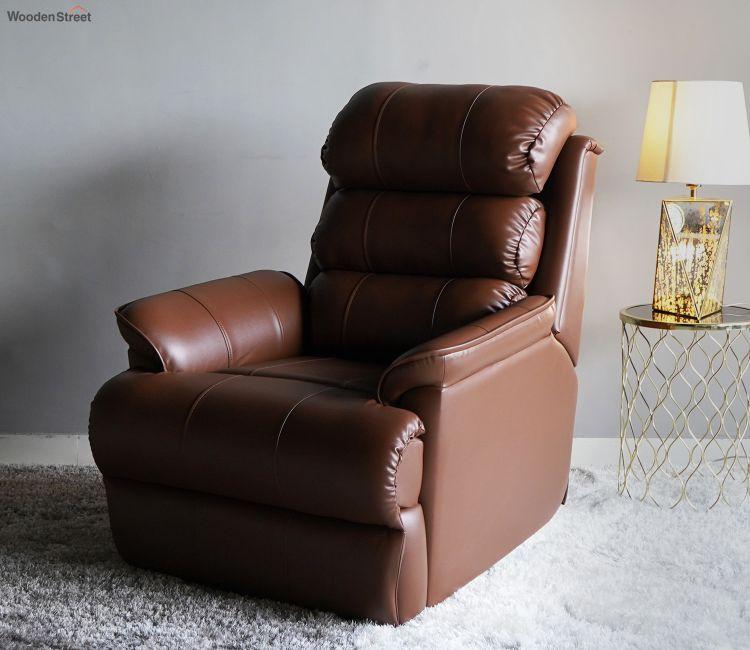A recliner chair is more than just a seat—it’s a comfort-enhancing addition to your home that supports relaxation, relieves stress, and adds a touch of luxury to your daily routine. Whether you’re looking to unwind after a long day, read in peace, or elevate your TV-watching experience, a recliner chair can make a world of difference. However, buying one involves more than simply picking the most stylish option. It requires attention to comfort, quality, functionality, and compatibility with your living space. To ensure your investment brings long-term satisfaction, there are several key factors to keep in mind.
Understanding Your Comfort Needs
The first thing to consider when choosing a recliner chair is your personal comfort preference. Recliners come in a range of designs, each offering different levels of support and adjustability. Some chairs offer basic reclining features while others provide advanced ergonomic support, including lumbar cushioning, headrests, and footrests. If you experience back pain or need extra support in certain areas, you’ll benefit from a model designed specifically for posture and spinal alignment. Sitting in the chair and trying out different positions is the best way to assess comfort, especially if you plan to use it regularly for extended periods.
Measuring Your Space
Space planning is crucial when bringing a recliner chair into your home. Unlike regular chairs, recliners require additional room to move into a fully reclined position. You’ll need to ensure that the area around the chair is clear enough to accommodate its motion. This includes accounting for the space behind the chair if it reclines backward, and in front if a footrest extends outward. In smaller rooms, wall-hugger recliners are a smart choice because they move forward instead of back. Carefully measuring both the space and the chair’s dimensions helps prevent future regrets about fit or placement.
Choosing the Right Material
Another important factor in choosing a recliner chair is the upholstery material. Your decision should be based on both aesthetics and practicality. Leather recliners offer a sophisticated look and are generally easier to clean, making them suitable for households with pets or children. Fabric recliners, however, tend to be softer, warmer, and available in a wider range of colors and textures. Microfiber is another durable and low-maintenance option that blends comfort with functionality. Whichever material you choose, ensure that it aligns with your lifestyle and is easy to maintain over time.
Evaluating Build Quality and Mechanism
The durability and functionality of a recliner chair depend heavily on its frame and reclining mechanism. The internal structure is often made of hardwood, metal, or a combination of both, and should be strong enough to support regular use over the years. The reclining mechanism—whether manual or powered—should operate smoothly and quietly. A jerky or noisy mechanism can be a sign of poor construction. If you're opting for a motorized recliner, look for one with a dependable motor and easy-to-use control panel. Investing in high-quality construction ensures that your recliner chair remains comfortable and stable over time.
Matching Style with Interior Décor
While functionality and comfort are essential, the style of your recliner chair should also complement the design of your living space. Recliners today are available in a wide variety of shapes, sizes, and finishes, allowing you to match them seamlessly with your existing furniture and color scheme. Whether your home has a modern, traditional, or minimalist aesthetic, there’s a recliner to fit. Pay attention to the silhouette, upholstery finish, and even the stitching details to find a chair that not only feels good but looks good too. A well-chosen recliner can become the focal point of your room.
Considering Extra Features
Modern recliner chairs come equipped with a variety of additional features designed to enhance your comfort and convenience. Some models offer massage functions, heating elements, USB ports, swivel bases, and even built-in storage. These features can add significant value, especially if you use the recliner daily. However, it’s important to consider how often you’ll actually use these extras, as more features may also mean more upkeep. Prioritize features that fit your daily habits and make your relaxation time more enjoyable.
Long-Term Maintenance and Care
Like any furniture purchase, a recliner chair requires regular care to maintain its appearance and function. The ease of cleaning depends largely on the upholstery material. Leather should be conditioned periodically to maintain its softness, while fabric recliners may require occasional vacuuming or spot cleaning. Some models come with removable cushions or washable covers, which can be convenient. In terms of mechanics, it’s wise to periodically check the reclining mechanism for any signs of wear and tighten loose bolts if necessary. Understanding the maintenance involved will help you keep your recliner chair in top condition for many years.
Conclusion
A recliner chair is a practical and luxurious addition to any home, offering a unique combination of comfort, style, and function. However, making the right choice involves thoughtful consideration of various factors including comfort preferences, space constraints, build quality, and material type. By evaluating all these elements carefully, you can ensure that your recliner chair becomes a cherished part of your daily routine. Investing in the right chair not only transforms your living space but also adds a personal touch of comfort that enhances your everyday lifestyle.



